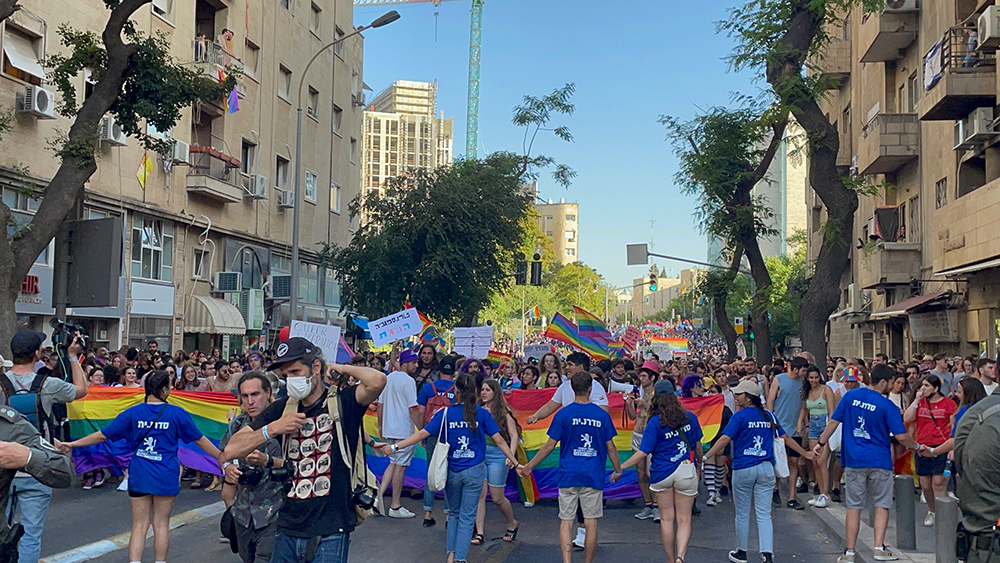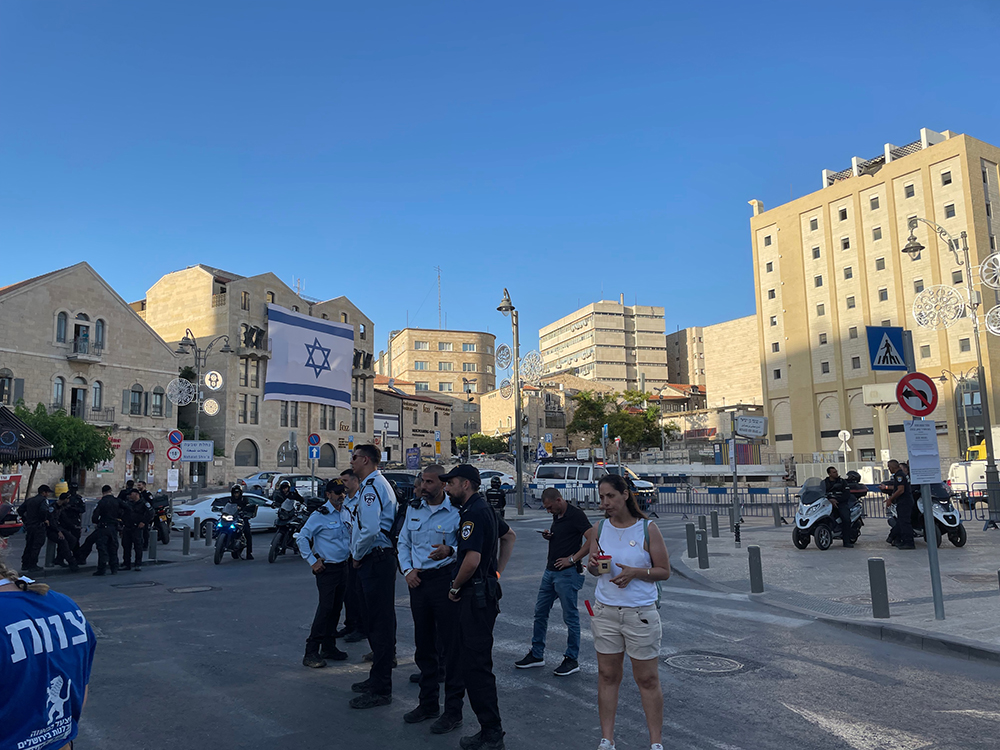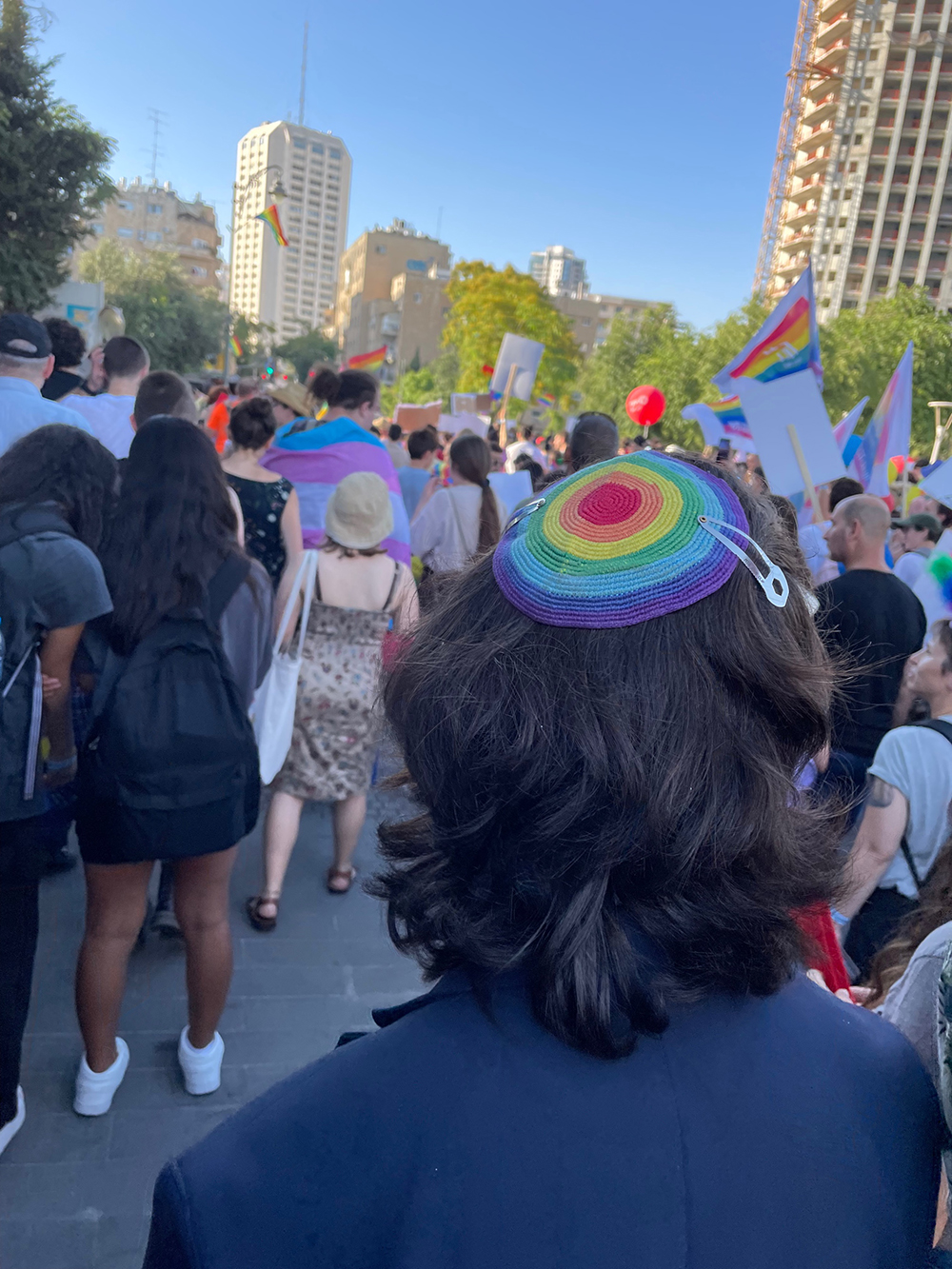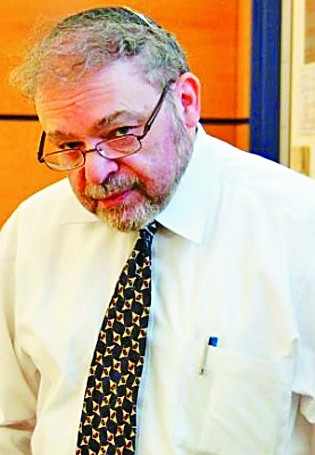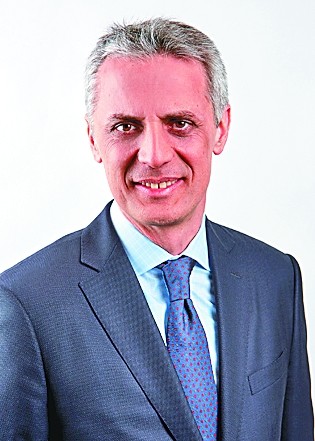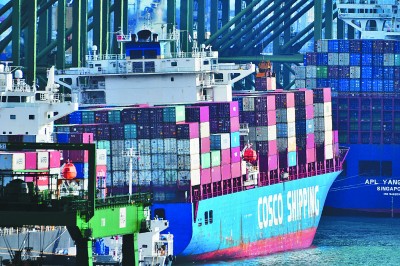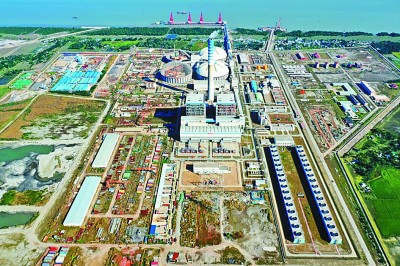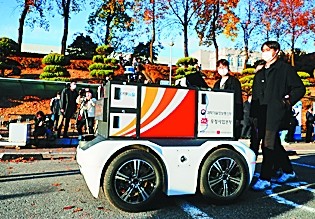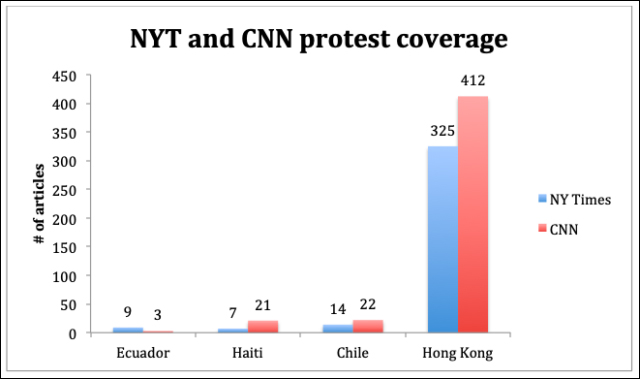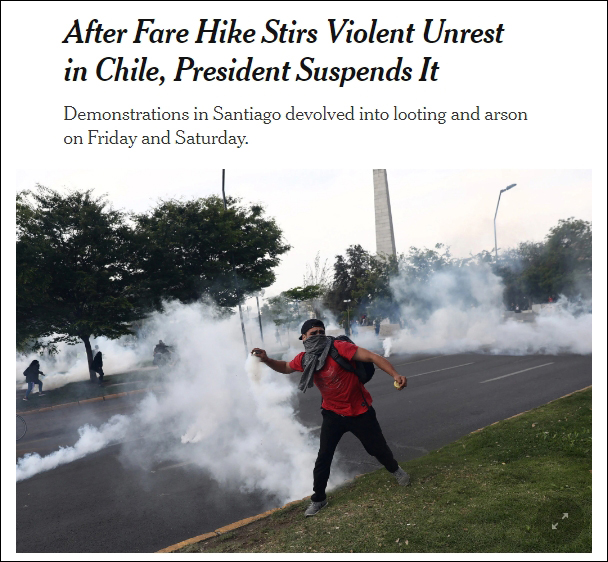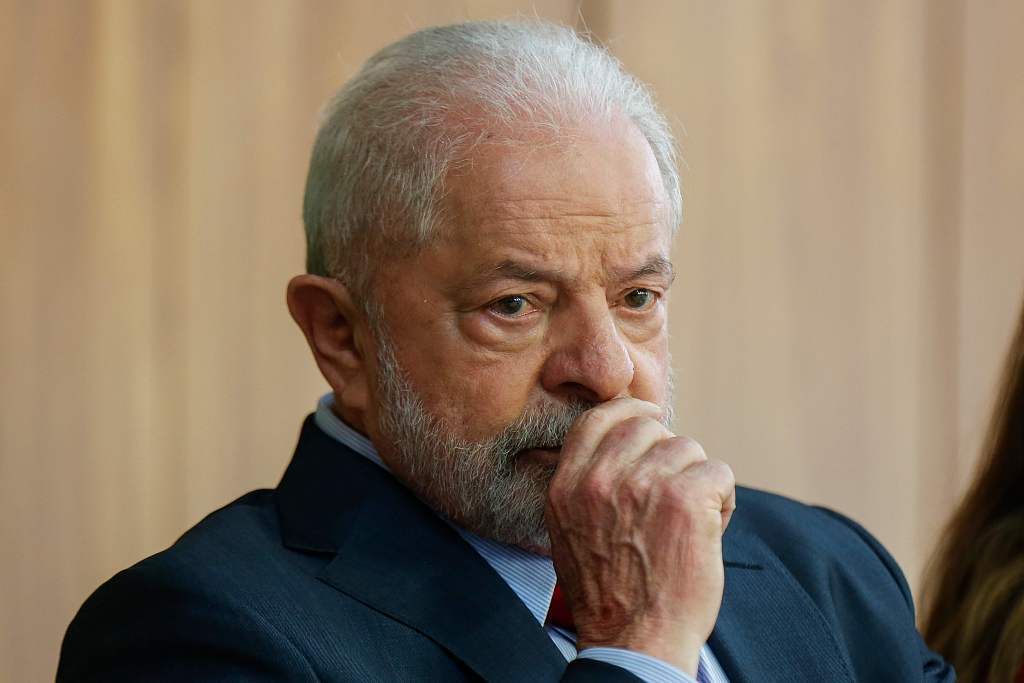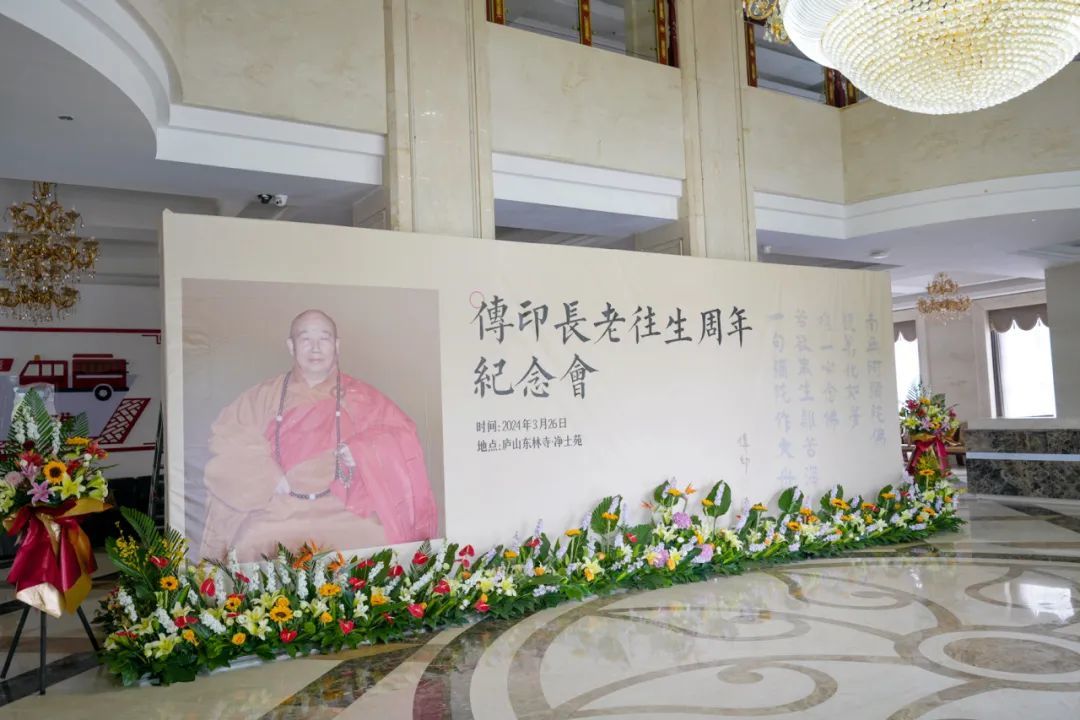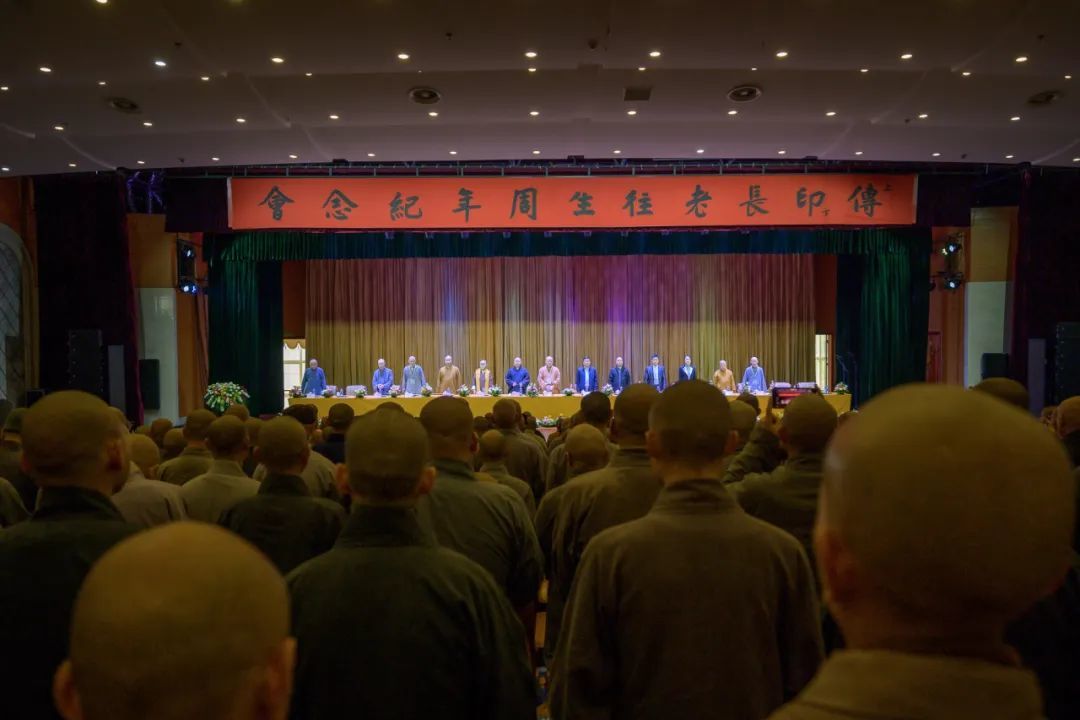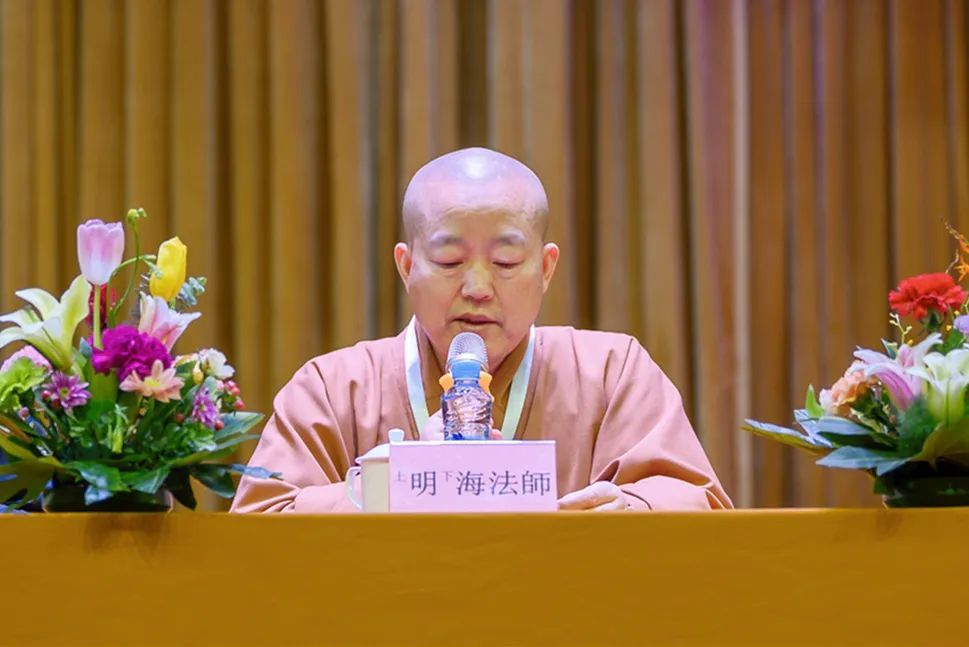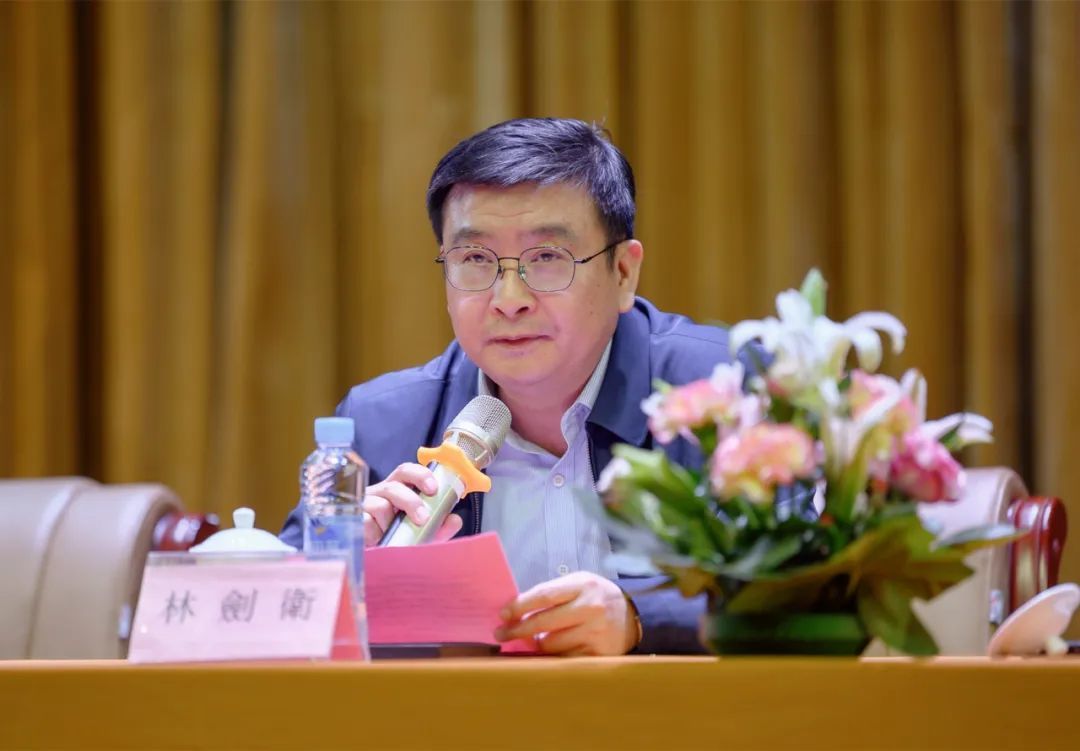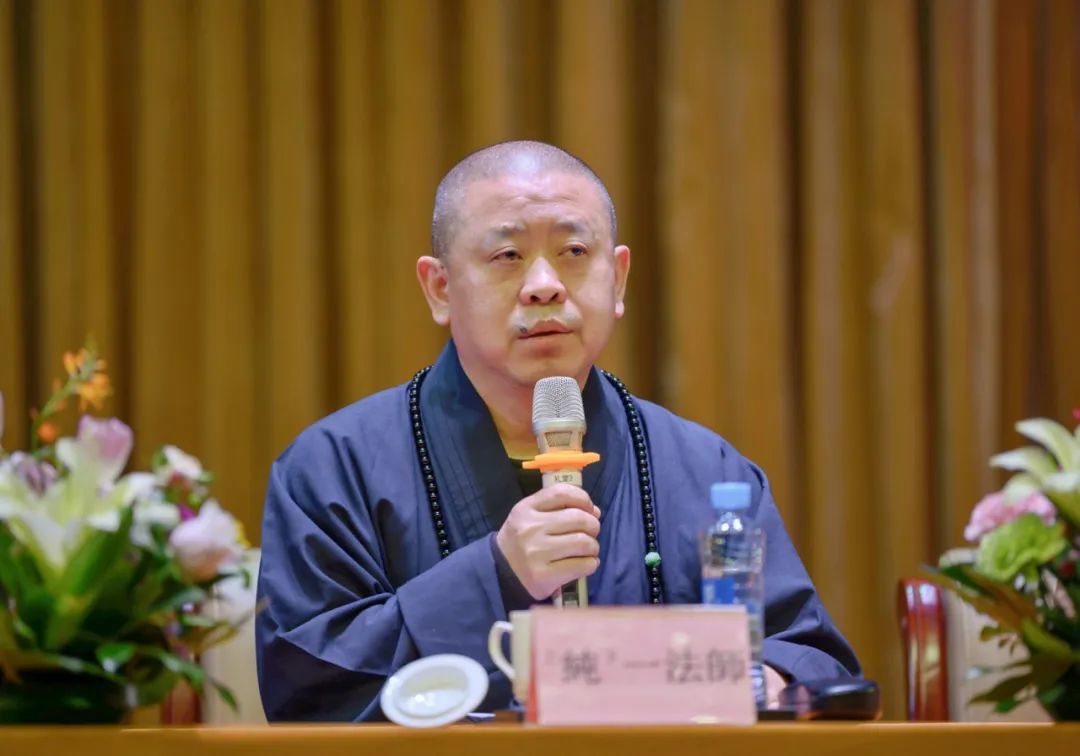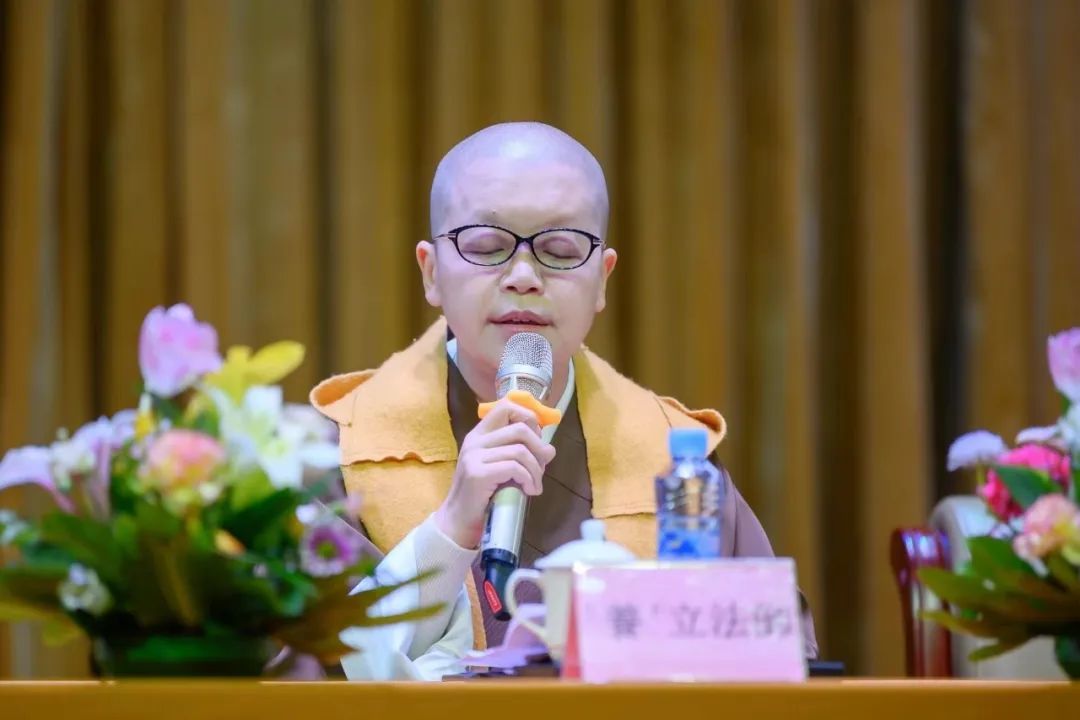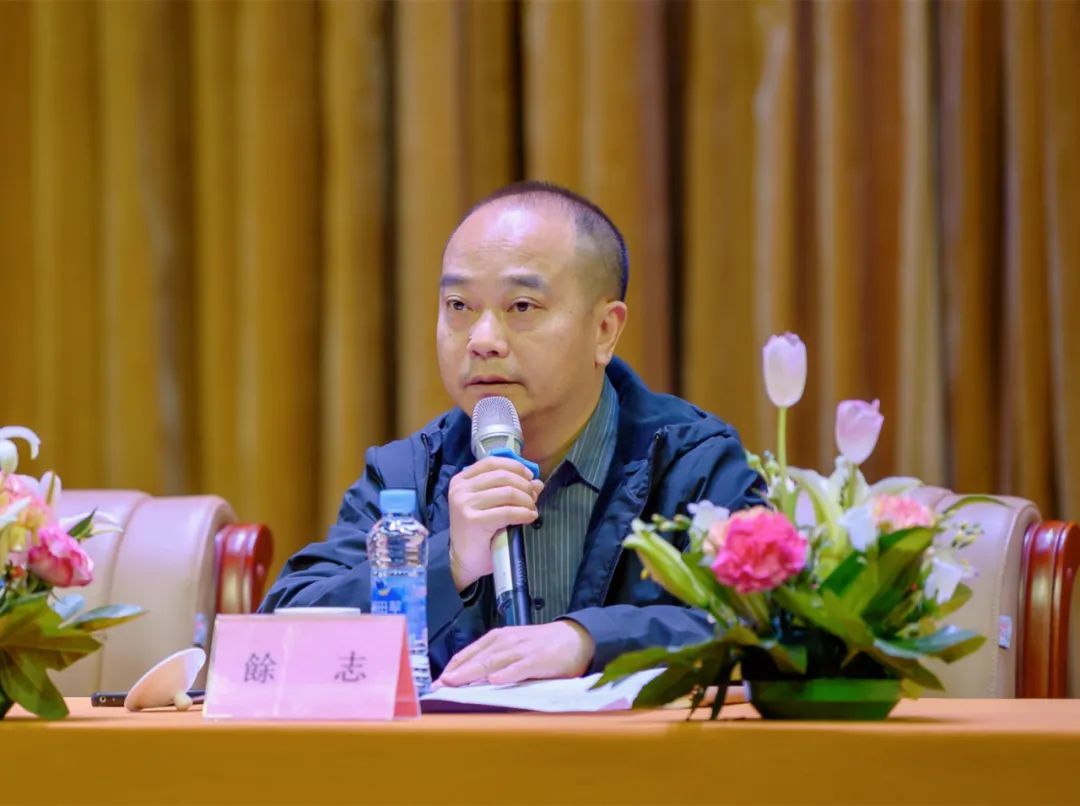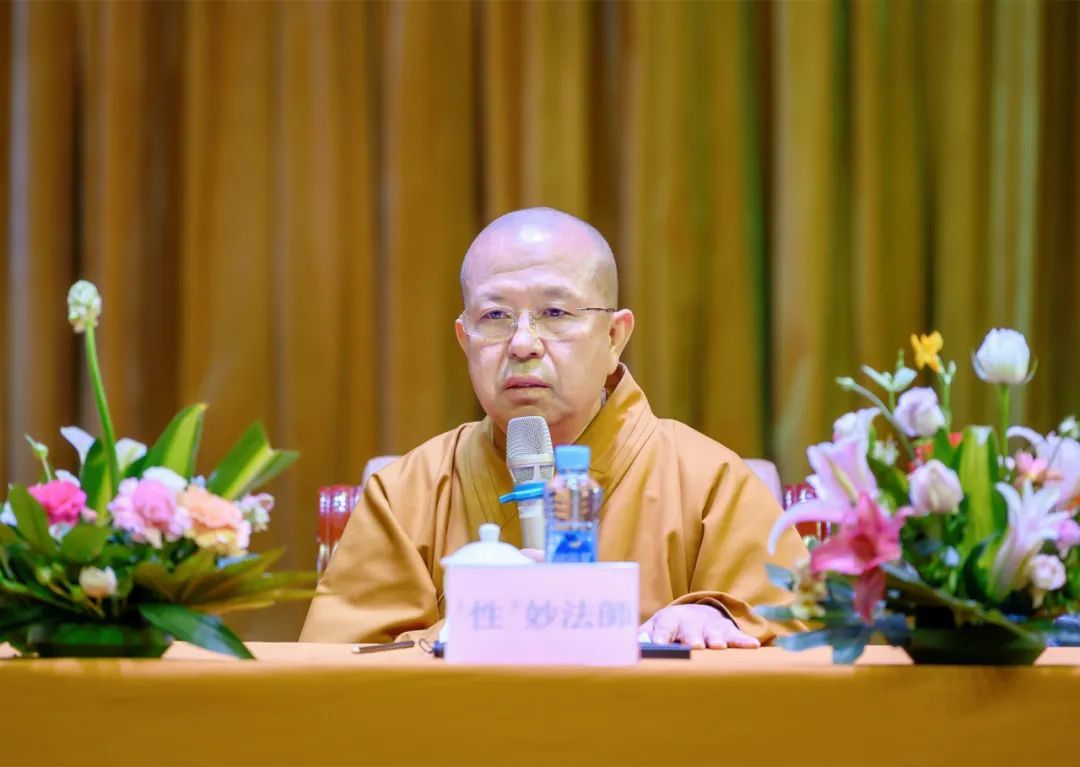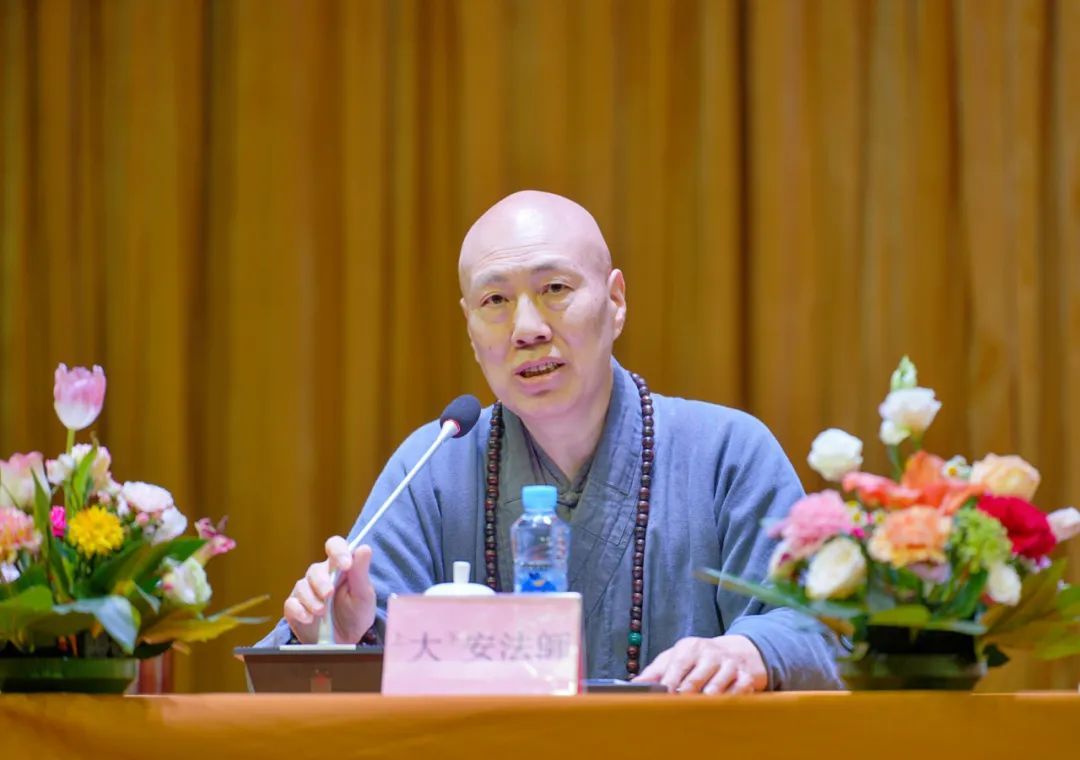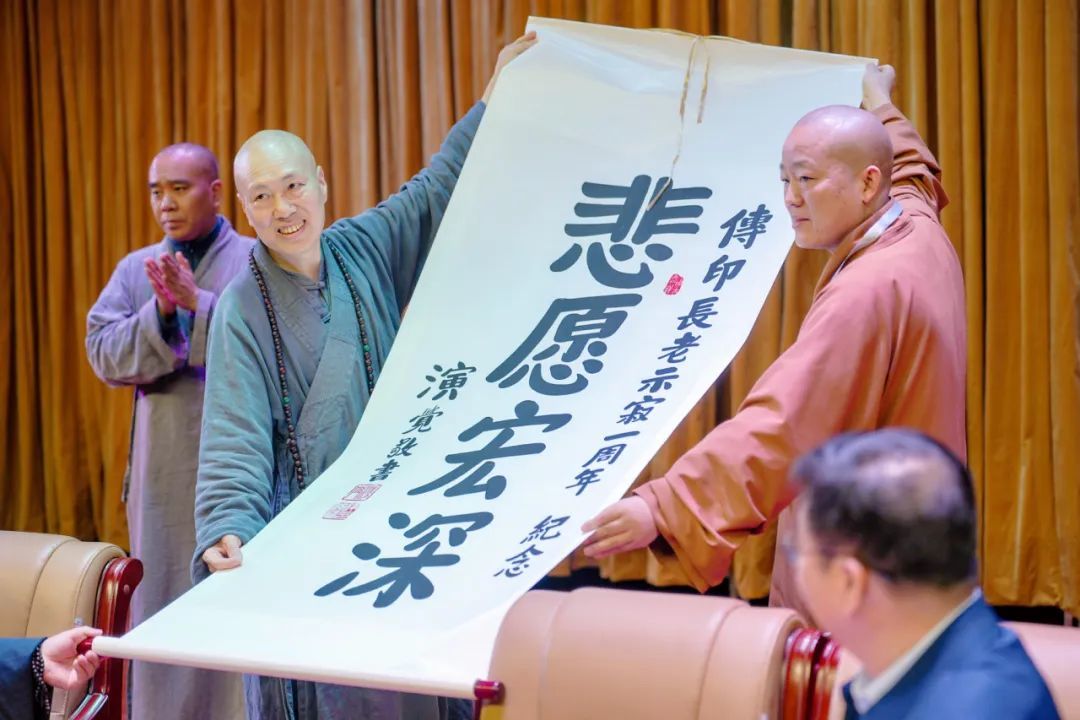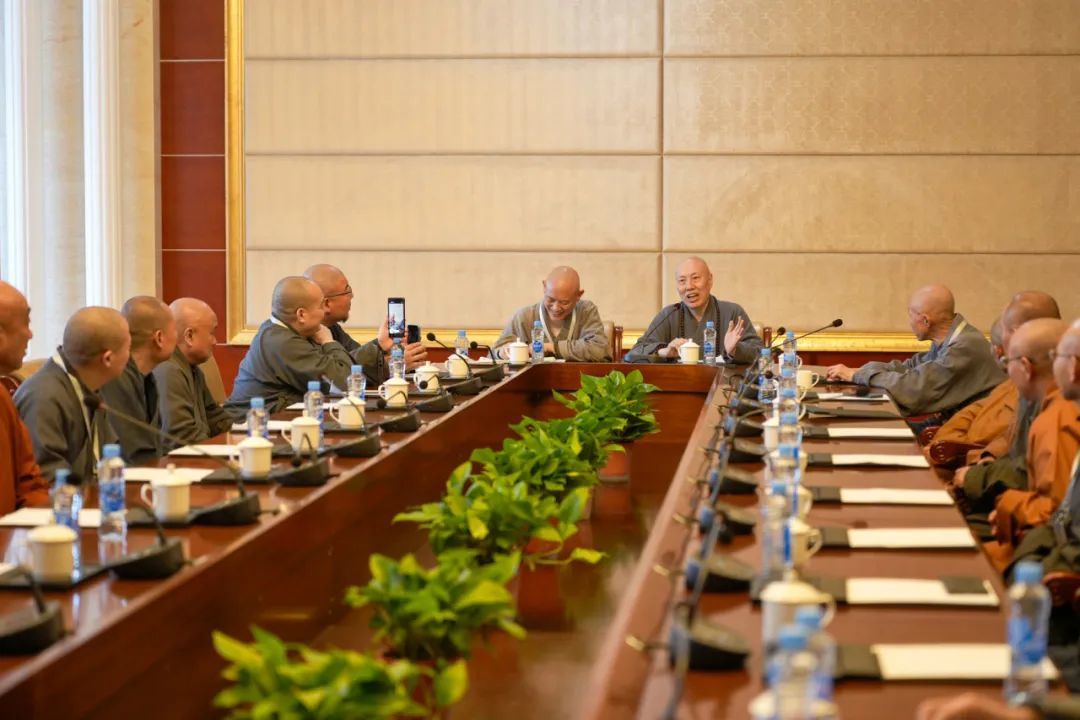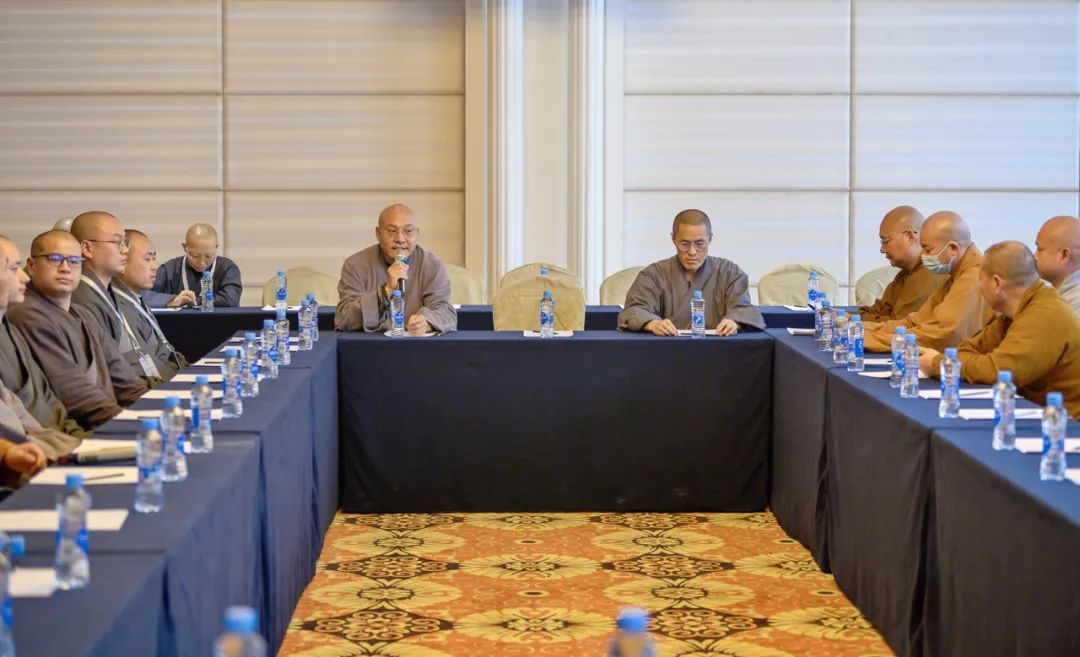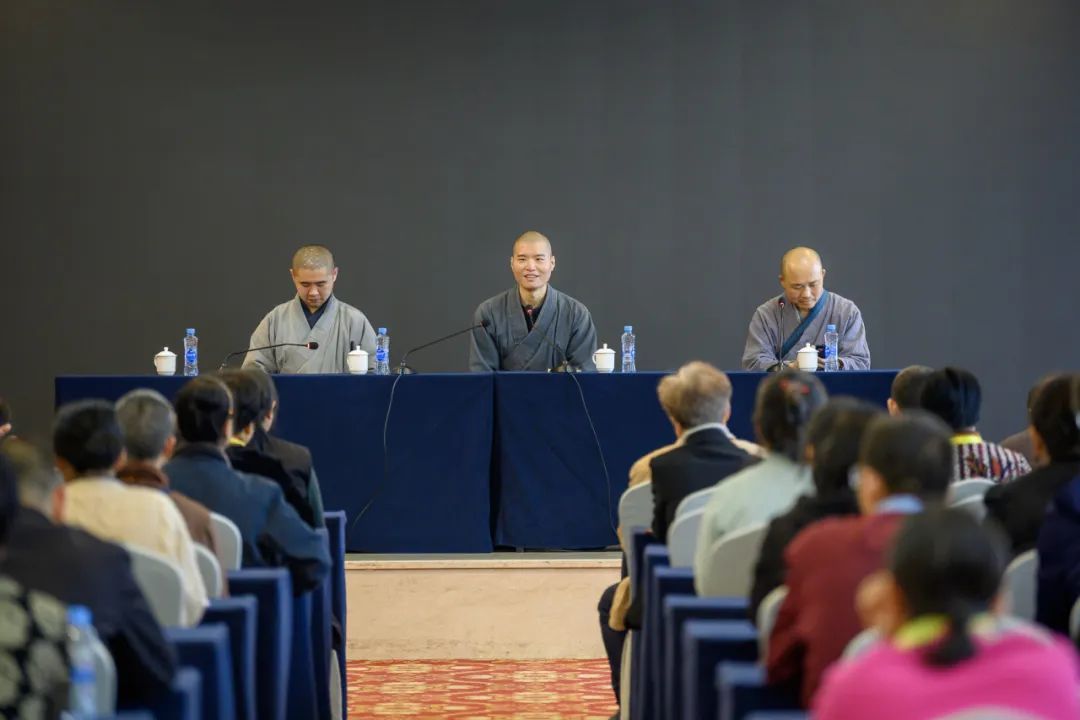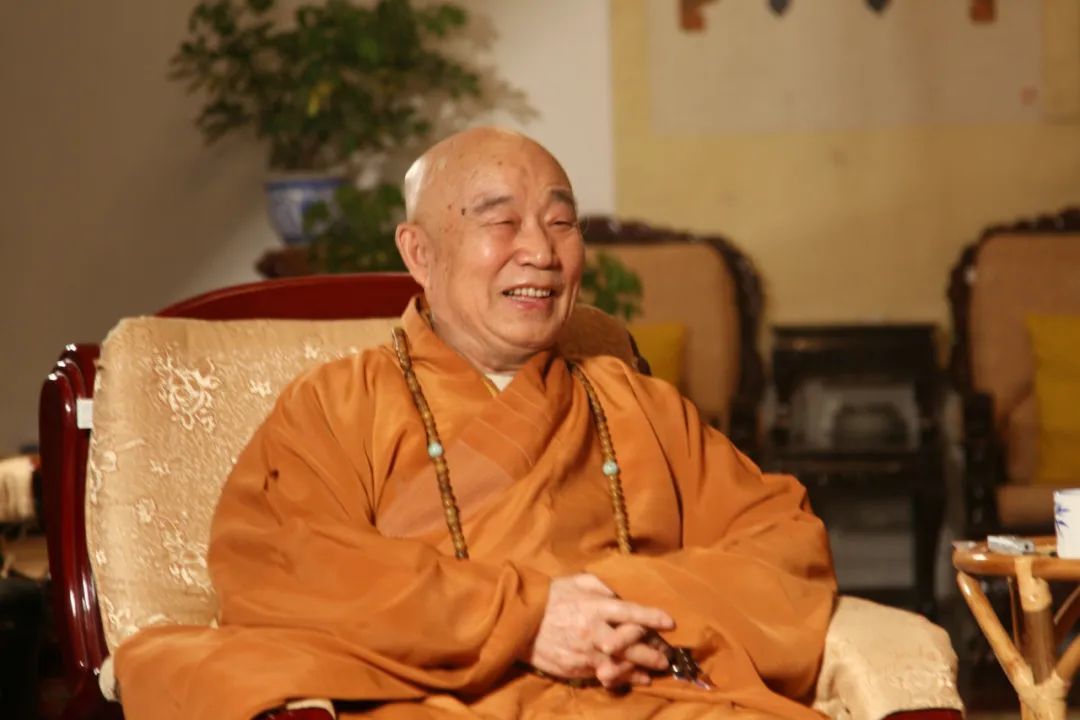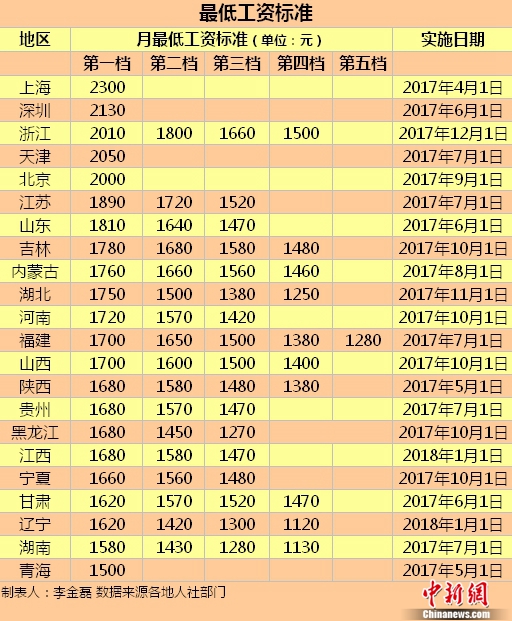Shanghai issued new regulations to strengthen the management of tent campsites, which will take effect on September 29th.
CCTV News:According to the WeChat official account news released by Shanghai, in order to strengthen the standardized management of tent campsites and promote the healthy and orderly development of tent camping in Shanghai, the general office of the municipal government recently issued the Measures for the Administration of Tent Campsites in Shanghai (for Trial Implementation). The "Measures" clarify the management requirements of venues with clear business entities, legal operations, public tourism and leisure needs, and capable of providing tent camping services or space, including site selection, site management, safety management, and ecological environment protection. The Measures shall come into force on September 29, 2023 and shall be valid until September 28, 2025. The details are as follows:
area of application
These Measures are applicable to venues that have clear business entities, are legally operated, meet the needs of mass tourism and leisure, and can provide tent camping services or space.
General principle
The management of tent campsites in this city follows the general principle of "people-oriented, civilized and ecological, safe and orderly, and integrated development", conforms to the new needs of people’s tourism and leisure experience, takes into account the special needs of the elderly, children and disabled people, expands the supply of high quality, and constantly meets the growing needs of the people for a better life.
Site selection
The construction of tent campsites shall conform to the requirements of national land space planning and related special planning, use land according to laws and regulations, and shall not occupy permanent basic farmland, cultivated land and wetlands, strictly observe the red line of ecological protection, and shall not change the basic attributes of forest land. Tent campsites should be selected in safe areas, avoiding important or fragile ecological areas, away from forest fire prevention areas, flood control areas, geological disaster-prone areas and wildlife breeding areas. Tent campsites involved in the examination and approval of infrastructure projects and environmental impact assessment should avoid drinking water source protection areas. The construction and operation of tent campsites should not conflict with the scope of river management and dike engineering facilities, and should not have a negative impact on the river environment.
Encourage qualified tourist attractions, tourist resorts, rural revitalization demonstration villages, beautiful countryside demonstration villages, rural tourism key villages, country parks, stock construction land, ecological parks around the city, theme parks and open leisure woodlands, etc., and set aside camping and leisure functional areas to provide camping services on the premise of complying with relevant regulations.
Site management
Tent campsite business entities should be registered in a standardized manner, and camping projects involving food business, sanitation in public places, high-risk sports and other projects that need approval should obtain relevant licenses; We should strictly abide by the relevant laws and regulations on production and operation, clearly mark the price, release the tourist information, and provide true and accurate publicity and marketing information.
Tent camp operators or venue providers should provide security and cleaning personnel in the tent camp and strengthen inspections during the peak hours of people flow; According to the space capacity and environmental capacity of the tent campsite, the maximum carrying capacity should be scientifically verified, the tent layout should be rationally planned, and sufficient sanitation facilities such as garbage collection containers and toilets should be equipped to maintain the good sanitation and ecological environment of the camp. Encourage conditional tent campsites to provide convenient services such as parking, shower, domestic water and automatic sales.
The business entity or site provider of the tent campsite shall set up signs around the tent campsite and at the main entrances and exits; The tent campsite shall be informed of the space scope, opening hours, activity content, consultation and complaint channels, supervision telephone number of the superior competent department of the venue provider and other related contents, and the information shall be dynamically adjusted and released in time.
Management responsibility
The main body of tent campsite management bears the main responsibility of the business unit.
The site provider where the tent campsite is located shall be responsible for the supervision of site use.
The superior competent department of the site provider where the tent campsite is located shall assume the responsibility of the site supervisor.
Each district government undertakes the responsibility of territorial management of tent campsites and guides the standardized development of tent campsites in this district. The township governments or sub-district offices are responsible for the daily supervision and management of tent campsites.
The Municipal Bureau of Culture and Tourism is responsible for the formulation, publicity and guidance of management policies for tent campsites in the city.
The Municipal Commission of Commerce is responsible for guiding the relevant districts to supervise and manage the establishment of tent campsites within the scope of commercial premises.
The Municipal Public Security Bureau is responsible for guiding the relevant areas to do a good job in the public security management of tent campsites, and urging the business entities of tent campsites to implement the requirements of various public security management systems.
City Planning and Resources Bureau is responsible for guiding the relevant areas to do a good job in tent campsite planning, and implementing the requirements of land and space use control and cultivated land protection and management.
The Municipal Bureau of Ecology and Environment is responsible for guiding relevant districts to carry out ecological environment supervision on tent campsites within their jurisdiction.
The Municipal Agriculture and Rural Committee is responsible for guiding all agriculture-related areas to make full use of rural idle resources in accordance with laws and regulations for the development of tent camping-related industries, and strengthening the territorial management of tent campsites in the region.
The Municipal Water Affairs Bureau is responsible for guiding relevant districts to carry out water supervision on tent campsites under their jurisdiction.
The Municipal Health and Wellness Committee is responsible for guiding relevant districts to carry out hygiene licensing and hygiene supervision in public places involving hygiene licensing within the tent campsite.
The Municipal Emergency Bureau is responsible for supervising and guiding the competent departments of tent campsite providers and relevant areas to effectively strengthen the safety management of tent campsites.
The Municipal Market Supervision Bureau is responsible for guiding the relevant areas to do a good job in the registration of tent campsite business entities; Guide relevant districts to handle food business licenses according to law and strengthen food safety supervision in the region; Supervise and guide the e-commerce platform to fulfill the obligation of qualification examination for the operating entities of tents and campsites in the platform according to law.
Municipal Sports Bureau is responsible for the approval, supervision and guidance of high-risk sports involved in tent campsites.
The Municipal Bureau of Greening and City Appearance is responsible for guiding the relevant areas to supervise and manage the establishment of tent campsites in open and leisure forest land; Guide the relevant areas to do a good job in the standardized configuration, regular maintenance and classified collection and transportation management of domestic waste in tent campsites; Guide the relevant areas to do a good job in cleaning the roads around the tent campsite and cleaning the public toilets.
City Fire Rescue Corps is responsible for guiding the relevant areas to supervise and manage the daily fire safety of tent campsite operators; Cooperate with the superior competent department and territorial management department of the tent campsite provider to carry out comprehensive management of the tent campsite, and carry out fire safety publicity and education for tent campsite employees; Supervise and inspect the implementation of the main responsibility for fire safety of tent campsites in non-forest grassland fire prevention areas according to law.
The Municipal Office of Spiritual Civilization is responsible for guiding the publicity and education related to civilized camping.
Platform responsibility
E-commerce platform operators should check and register the identity, address, contact information, business license and other information of the tent camp operators who have settled in the platform in accordance with the requirements of laws and regulations, and check and update them regularly.
social governance
The business activities of tent campsites should meet the requirements of urban and rural grassroots social governance, and maintain social friendship and harmony and prevent and avoid disputes under the guidance and supervision of streets, towns and villagers’ committees. Encourage the establishment of tent camping industry autonomous organizations, formulate industry management conventions, and strengthen industry self-management and supervision.
safety management
Tent campsite operators should be responsible for the safety management of tent campsites, and should formulate safety work systems, strictly implement safety precautions, and strictly abide by the requirements of fire protection, food, sanitation, disaster prevention, gas, electricity, ecological environment protection, wildlife protection, and public health emergencies. Should be equipped with necessary monitoring and early warning, fire fighting facilities and equipment, do a good job in emergency materials reserves, establish relevant emergency plans, strengthen duty on duty, and strengthen emergency drills; We should strengthen safety risk management and control, deepen the investigation and management of hidden dangers in tent campsites, eliminate all kinds of hidden dangers in tent campsites, and resolutely prevent safety accidents. We should strengthen public security management, strengthen on-site crowd monitoring and emergency treatment, and encourage the installation of safety management equipment such as monitoring facilities in tent campsites. If a large-scale mass activity is held in a tent campsite, an application for safety license or filing shall be made in a timely manner in accordance with relevant regulations.
Tent campsite operators should strictly implement the requirements of forest and grassland fire prevention and control and the regulations on the management of fire use in the field, use fire, electricity, oil and gas safely according to the operating specifications, use large-capacity outdoor mobile power carefully, strengthen the publicity and education on fire prevention for tourists, and clearly inform tourists of the safety requirements of fire, electricity, oil and gas use to prevent gas poisoning and other safety accidents. In the camp where fireworks, bonfires, barbecues and cooking can be set off, the business entity should strengthen the management of open flames, ensure that the open flames are far away from flammable materials, and the whole process of using open flames is watched and people go out, and fire-fighting facilities such as fire extinguishers are equipped in the open flame area.
Tent campsite operators should implement the main responsibility of disaster warning and release, and strengthen safety management during flood season and extreme weather. According to the special emergency plan for flood control and typhoon prevention in this Municipality, once the flood control and typhoon prevention level III or above response action is started or yellow and above warning information such as gale and blizzard is released in the area where the camp is located, the camp should be closed immediately and the tourists who have been received should be transferred to safe havens.
The main business entity of tent campsite should be equipped with emergency rescue places and equipment matching the scale and type of campsite, and contact the hospital clearly. Employees in tent campsites should participate in emergency rescue training and master corresponding first aid skills.
The provider of the site where the tent campsite is located shall sign a special safety production and fire safety management agreement with the tent campsite operator to clarify their respective safety management responsibilities. Outdoor safety guide signs and safety tips should be set up in and around the tent campsite, and the safety management of the awning, the wind rope and the ground nail of the tent should be strict. Conditional camps should manage the awning in different areas. Encourage insurance institutions to innovate and launch camping travel and leisure insurance services, and develop insurance products around site responsibility, facilities and property, personal accidents, etc.
ecological environment
The domestic sewage in the tent campsite should be discharged up to the standard if it meets the pipe-receiving conditions, and it should be treated by pumping if it does not meet the pipe-receiving conditions. It is forbidden to discharge directly into the environment without treatment. It is forbidden to burn straw, litter and other substances that produce smoke and dust. Encourage the promotion of ovens that use clean energy such as electricity. Camping activities are carried out in drinking water source protection areas, and it is forbidden to barbecue and clean vehicles to discharge pollutants, and it is forbidden to throw away camping garbage at will. To implement the management responsibility system of domestic waste classified delivery, garbage classified collection containers should be equipped, and classified delivery and classified collection should be implemented.
The provider of the site where the tent campsite is located and the business entity of the tent campsite should jointly formulate the noise control protocol, and do a good job in the publicity, education and guidance of noise pollution prevention and control for tourists. Visitors who violate the noise control regulations and affect the normal life of surrounding residents should be discouraged by the tent camp operators.
The provider of the site where the tent campsite is located shall, according to the growth cycle and characteristics of plants such as green space and lawn that have been opened, implement the site rotation system, reasonably plan the opening and greening management cycle of the tent campsite, and ensure the maintenance of a good ecological environment and landscape.
Supervision and law enforcement
The relevant functional departments of the city and district shall implement the supervision of tent campsites according to these measures and their own responsibilities, and the township governments and sub-district offices shall regularly organize law enforcement inspections of tent campsites. For illegal construction of tent campsites, tent camping operations, and participation in or spontaneous tent camping, relevant functional departments, township governments and sub-district offices shall investigate and deal with them according to laws and regulations.
Industrial integration
Encourage tent campsite operators to cooperate with cultural, performing arts, fine arts, education and other related institutions, and combine mass activities such as music festivals, art festivals and sports competitions to enrich the service content. Encourage the combination of camping with rural resources, outdoor sports, nature education, leisure and health, etc., to create quality products. Encourage catering, activity organization, take-away delivery and other services to improve the quality of camping tourism and leisure.
Build a brand
Encourage tent campsites to implement standards related to campsite construction and service, strengthen the guidance of standards, continuously improve hardware facilities, service quality and management level, optimize product quality, and build a tent campsite brand.
Publicity and promotion
Encourage all kinds of media to adhere to the correct orientation, establish a healthy and civilized concept of tent camping tourism and leisure consumption, and cultivate the tent camping market. Encourage local conditions, highlight characteristics, organize tent camping activities, establish a typical development model of tent camping, and promote the healthy and orderly development of tent camping.
Safe and civilized
Visitors who participate in or spontaneously carry out tent camping should choose legal campsites or places, and abide by relevant laws, regulations and rules, and shall not engage in illegal activities.
Tourists should be the first person responsible for their own safety in tent camping, abide by the safety management requirements and guidance, and do their own safety precautions.
Tourists practice the city’s "new seven noes" norms and cultivate civilized, green and safe camping habits; Abide by the requirements for the management of the space scope of the campsite, and consciously do a good job in maintaining public sanitation, maintaining public order, and standardizing the use of public facilities; Standardize the use of awnings, tent wind ropes, ground nails, etc., and take the initiative to remind surrounding tourists to pay attention to safety; Consciously do a good job in classifying domestic garbage and practice the "no trace camping" travel mode.
Policy question and answer
1. What is the scope of application of these Measures?
These Measures are applicable to venues that have clear business entities, are legally operated, meet the needs of mass tourism and leisure, and can provide tent camping services or space.
2. What is a legal and compliant tent campsite?
Tent campsites have business licenses, and camping projects involving food business, sanitation in public places, high-risk sports, etc. need approval, and have relevant licenses.
Tent campsite operators strictly abide by the relevant laws and regulations related to production and operation, make clear the price tag, publicize the tourist information, and provide true and accurate publicity and marketing information.
Tent camp operators should hold legal identity certificates and receive regular training.
3. Where is it suitable to provide tent camping service?
Conditional tourist attractions, tourist resorts, rural revitalization demonstration villages, beautiful countryside demonstration villages, rural tourism key villages, country parks, stock construction land, eco-park belt around the city, theme parks and open leisure forest land.
4. What are the safety management requirements?
Tent campsite operators should be responsible for the safety management of tent campsites. They should formulate a safety work system, strictly implement safety precautions, strictly abide by the management requirements of fire protection, food, sanitation, disaster prevention, gas, electricity, ecological environment protection, wildlife protection and public health emergencies, strengthen emergency management, hidden danger management, public security management, and strengthen the safety management and emergency rescue management in flood season and extreme weather.
Tent campsite operators should strictly implement the requirements of forest and grassland fire prevention and control and the regulations on the management of outdoor fire, use fire, electricity, oil and gas safely in accordance with the operating norms, use large-capacity outdoor mobile power carefully, and strengthen the publicity and education on fire prevention for citizens and tourists; We should strengthen the management of open flames, ensure that open flames are far away from flammable materials, and people will be watched and put out during the whole process, and fire-fighting facilities such as fire extinguishers should be equipped in the open flame area.
The business entity of the tent campsite or the site provider where the tent campsite is located shall set up outdoor safety guide signs and safety tips in and around the tent campsite, and strictly manage the safety of the awning, the wind rope of the tent, the ground nails, etc., and the awning shall be managed by zones in conditional camps.
5. What are the ecological environment requirements?
The domestic sewage in the tent campsite can be discharged to the standard if it meets the standard. If it does not meet the standard, it should be treated by pumping. It is forbidden to discharge it directly to the environment without treatment.
It is forbidden to burn straw, litter and other substances that produce smoke and dust. Encourage the promotion of ovens that use clean energy such as electricity.
Camping activities in drinking water source protection areas are prohibited, such as barbecue and vehicle cleaning, and it is forbidden to throw away camping garbage at will.
Implement the management responsibility system for classified delivery of domestic waste, complete the classified garbage collection containers, and implement classified delivery and classified collection.
The site provider where the tent campsite is located and the tent campsite operator should jointly formulate the noise control protocol, do a good job in the publicity, education and guidance of noise pollution prevention and control for camping citizens, and guide camping citizens to sign the noise control protocol and commitment letter. Camping citizens and tourists who violate the noise control regulations and affect the normal life of surrounding residents should be discouraged by tent campsite operators.
The provider of the site where the tent campsite is located shall, according to the growth cycle and characteristics of plants such as green space and lawn that have been opened, implement the site rotation system, reasonably plan the opening and greening management cycle of the tent campsite, and ensure the maintenance of a good ecological environment and landscape.
6. How to achieve safe and civilized camping?
Citizens and tourists who participate in or spontaneously carry out tent camping should choose legal campsites or places, abide by relevant laws, regulations and rules, and shall not engage in illegal activities.
Citizen tourists should be the first person responsible for their own safety in tent camping, abide by the safety management requirements and guidance, and do their own safety precautions.
Citizen tourists actively practice Shanghai’s "new seven noes" norms, cultivate civilized, green and safe camping habits, and participate in civilized practice volunteer service activities. Abide by the requirements of campsite space scope management, conform to the socialist core values, and consciously do a good job in public environmental sanitation maintenance, public order maintenance, and standardized use of public facilities. Consciously make eye-catching tips such as awning, tent wind rope and ground nail, and take the initiative to remind surrounding tourists to pay attention to safety. Consciously do a good job in sorting and recycling domestic garbage, and actively practice the "no trace camping" travel mode.
